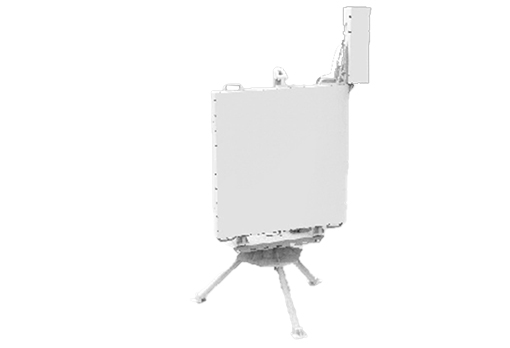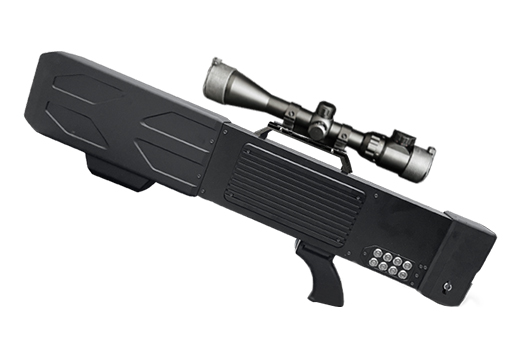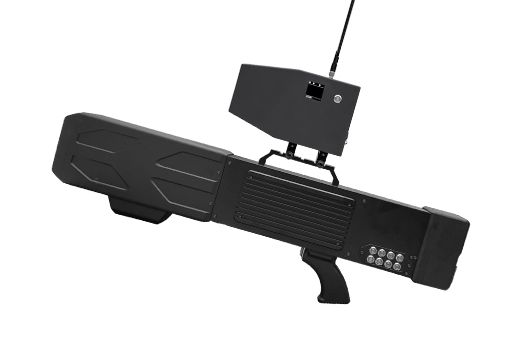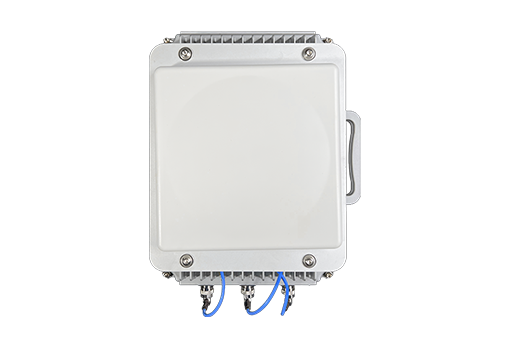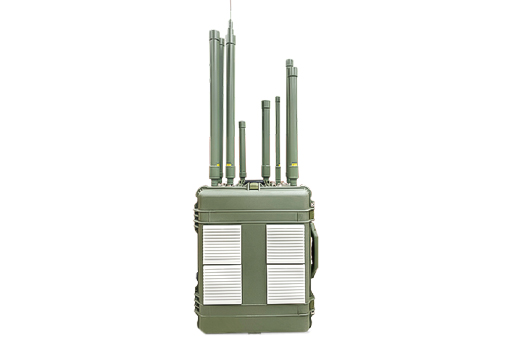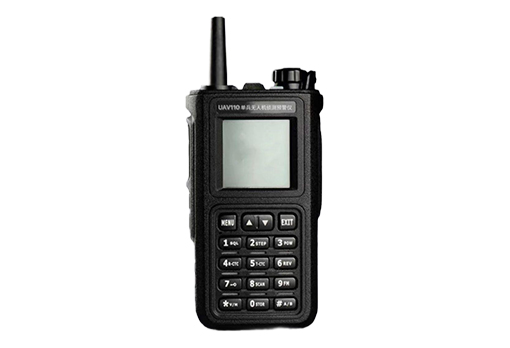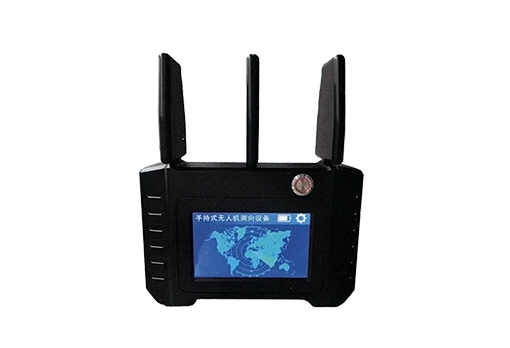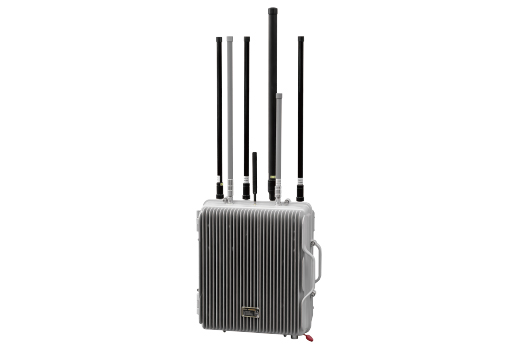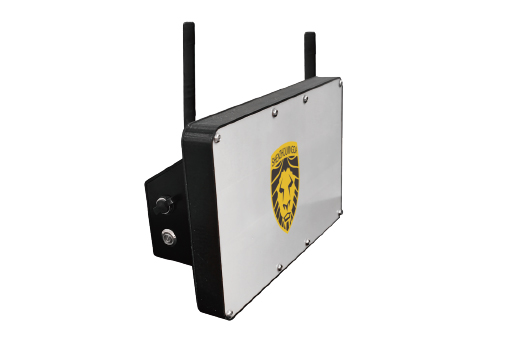SZMID-BF8S
• Holographic Staring Detection Radar
• Continuous Spatiotemporal Coverage: Provides uninterrupted time coverage without beam scanning, with multi-beam reception ensuring comprehensive spatial coverage.
• Enhanced Low-Altitude Performance: Optimized for detecting “low, small, and slow” targets with high Doppler resolution, improving identification capabilities at low altitudes.
• Simultaneous Multi-Target Tracking: Capable of tracking multiple targets simultaneously without losing accuracy, suitable for handling swarm, split targets, and air or ground (sea) targets without switching modes.
• Concurrent Multi-Functionality: Supports interference reconnaissance and active detection simultaneously, including narrowband detection, wideband imaging, and target identification.
• Sub-Aperture Division Support: Allows division within the array, enabling different apertures to perform varied functions, facilitating efficient power management.
• Integrated Detection Methods: Combines both active and passive detection using cooperative information sources, ensuring superior detection and identification accuracy.
• Intelligent Environmental Awareness: Features advanced perception of target characteristics, clutter, and interference, enhancing situational awareness.
• Standardized Design: Employs fully digitalized RF processing with digital signal processing, ensuring a universal and adaptable application.
SZMID - BF8S: Advanced Holographic Staring Detection Radar for Comprehensive Airspace Surveillance
The SZMID BF8S, also known as the full space-time radar or pan-probe radar, is a state-of-the-art holographic gaze detection system designed for continuous, all-encompassing airspace monitoring. Utilizing digital receiving and generating array surfaces, this radar transmits a wide beam and employs Digital Beamforming (DBF) to achieve simultaneous multi-beam reception, enabling uninterrupted detection across the entire airspace. It incorporates long-time phase correlation accumulation technology to provide high data rates and exceptional Doppler resolution, making it particularly effective in detecting "low, slow, and small" targets. This radar is ideal for key areas such as airports, borders, and coastlines, where it excels in detecting, alerting, and identifying drones, birds, and aircraft.
The BF8S radar offers a unique advantage with its low interception and anti-main lobe interference capabilities. By utilizing a low-gain wide beam transmitting antenna, it minimizes traditional main lobes, reducing radiation power by approximately 20dB. This approach significantly diminishes the radar's detectability, allowing it to operate stealthily within the surveillance range. Its continuous spatiotemporal coverage ensures there are no gaps in detection, as the system does not rely on traditional beam scanning. The high Doppler resolution enhances performance at low altitudes, significantly improving detection and identification capabilities for targets moving at low speeds.
This radar system supports simultaneous multi-target tracking without any loss of accuracy, making it highly suitable for detecting swarm and split targets. It can detect air and ground (sea) targets concurrently without the need to switch operational modes. The BF8S also supports multi-functionality, performing interference reconnaissance and active detection simultaneously. It can carry out narrowband detection, wideband imaging, and other identification tasks concurrently.
Adaptive accumulation time allows the system to adjust "data update" intervals based on target distance, providing efficient monitoring across long, medium, and short ranges. The radar's array supports sub-aperture division, enabling different apertures to perform varied functions, which in turn facilitates power management. By integrating active and passive detection, the system utilizes cooperative information sources to deliver superior detection and recognition capabilities.
The BF8S radar boasts intelligent environmental awareness, using advanced perception technologies to assess target characteristics, clutter, and interference. It is designed with a fully digital RF architecture, and all signal processing is managed by digital signal processing (DSP) for universal application. Its modular, building-block design allows for easy system scaling and maintenance, as independent modules can be replaced when necessary. Additionally, the software-defined open architecture enables system functionality to be reconfigured and upgraded as needed.
Supporting dual and multi-base network detection, the BF8S enhances its anti-interference abilities and improves detection accuracy by employing a continuous wave system. This makes the SZMID BF8S a highly adaptable and reliable radar solution for comprehensive airspace surveillance and defense.
| Model | SZMID-BF8S |
| Operating Frequency Band | L/S Dual Band |
| Maximum Detection Altitude | (Single large bird or flock) 5 km |
| Detection Range | Drones ≥10 km, RCS = 0.01㎡ |
| Pigeons ≥7 km, RCS = 0.0038㎡ | |
| Sparrows ≥3 km, RCS = 0.0016㎡ | |
| Detection Range Accuracy | <10 m |
| Transmission Power | <50 W |
| Number of Simultaneously Tracked Targets | ≥1000 |
| Detection Speed | 0.5 m/s - 100 m/s (expandable) |
| Azimuth Accuracy | ≤0.5° |
| Azimuth Coverage | ≥90° |
| Elevation Coverage | ≥30° |
| Data Rate | ≥1 Hz |
| Power Consumption | ≤400 W |

































